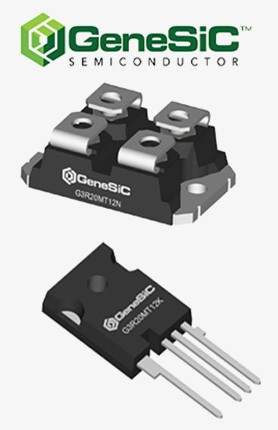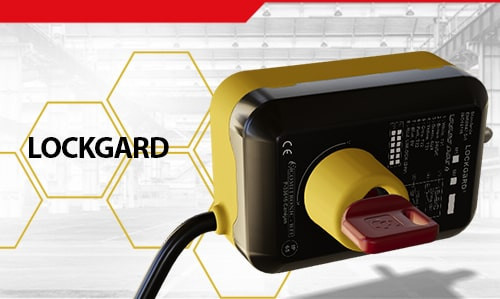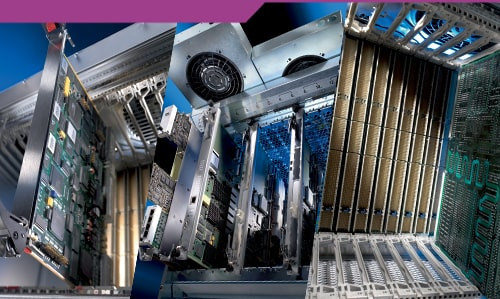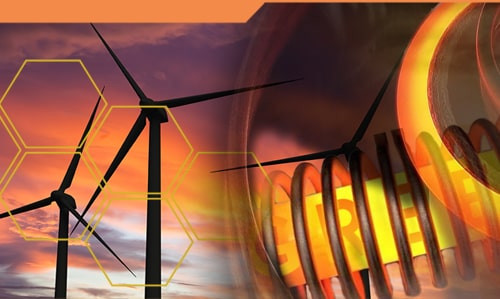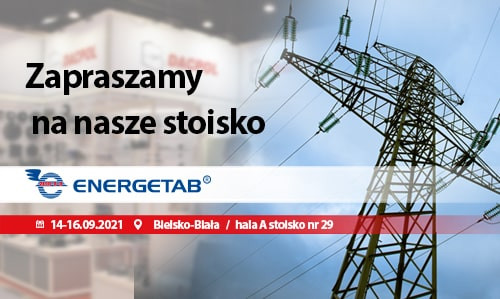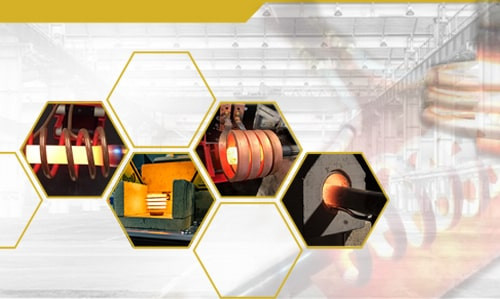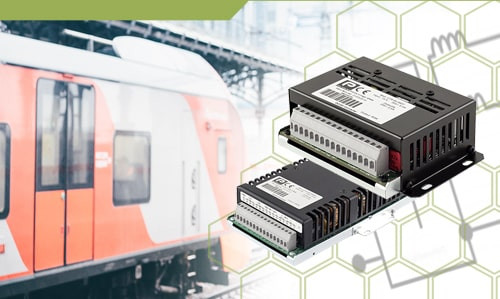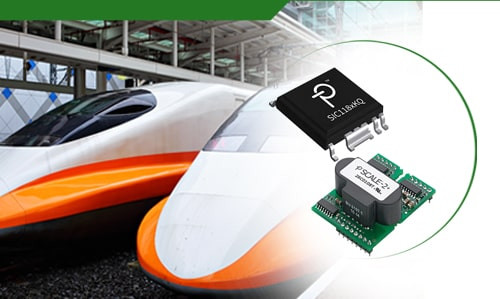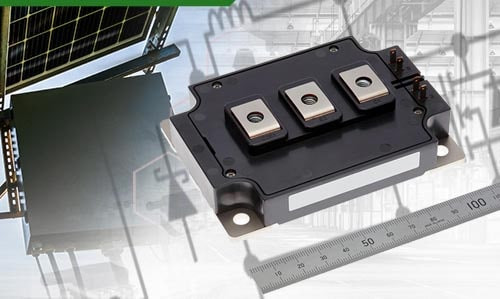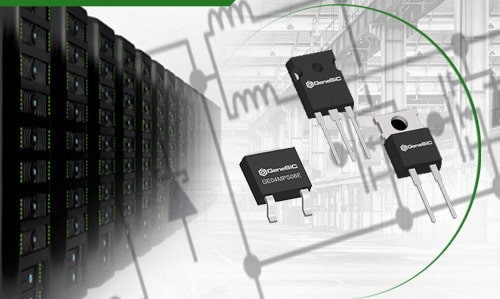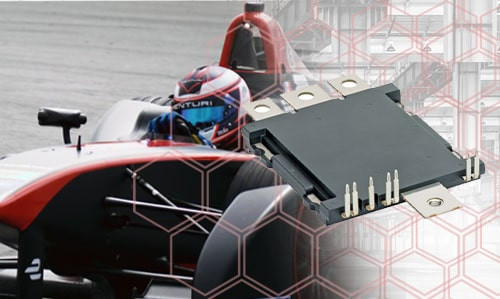Zapraszamy do wspólnego świętowania jubileuszu Wydziału Elektrycznego
Featured posts
-
LOCKGARD urządzenie, które optymalizuje bezpieczeństwo ludzi i maszynRead more
LOCKGARD, urządzenie blokujące/odblokowujące, które współpracuje z inteligentnym cyfrowym kluczem RFID
-
Kompleksowe usługi w zakresie ochrony elektronikiRead more
Prowadzenie projektu od wstępnych założeń po finalny produkt jest obecnie tym, czego potrzebuje rynek w zakresie elektroniki przemysłowej.
-
Infrared heaters – application and typesRead more
Infrared heaters have been present on our market for many years and are becoming more and more popular due to their many advantages.
-
Zapraszamy na targi TRAKO 2021Read more
Od jutra zapraszamy do Gdańska na targi TRAKO - stoisko A27
-
DACPOL in the Forbes magazine's ranking "Most Valuable Family Companies" 2021Read more
DACPOL in the Forbes ranking of "Most Valuable Family Companies" 2021
-
What role does induction heating play in the promotion of wind turbines?Read more
Induction hardening systems can be used to harden the teeth of the key motor responsible for keeping the rotor in the direction of the wind.
-
DACPOL na targach ENERGETAB - Jesień 2021Read more
Zapraszamy na nasze stoisko na targach ENERGETAB 2021
-
The use of induction heating in the manufacture of industrial equipmentRead more
Induction heating is a method of heating conductive materials that is gaining more and more popularity in industrial applications
-
Kolumna, wieża sygnalizacyjna – jaka działa, budowa, zastosowanieRead more
Wieże sygnalizacyjne są ważnym rodzajem światła sygnalizacyjnego stosowanego w różnych gałęziach przemysłu i procesach.
-
DC-DC converters in railroad applicationsRead more
Electronic systems are an important aspect of railroad rolling stock, affecting the comfort and safety of passengers, while at the same time providing the operator with full control over electronic components and equipment on board the rail vehicle.
-
The role of NFC technology in the industryRead more
NFC (Near Field Communication) is a technology that provides a convenient and secure transmission of digital data over short distances using high frequency radio waves.
-
SiC MOSFET Power Switches ControlRead more
SiC MOSFET Power Switches can be controlled with a full range of SCALE Gate Drivers
-
Mitsubishi Electric announces new T-series 2.0kV IGBT Modules for Industrial UseRead more
Modules will increase efficiency and power density of renewable energy power supply systems with DC1500V voltage levels
-
5th Generation 650V SiC Schottky MPS Diodes offer highest-class efficiencyRead more
GeneSiC Semiconductor, a pioneer and global-scale provider of Silicon Carbide (SiC) power semiconductor devices introduces the availability of 5th generation (GE*** series) SiC Schottky MPSTM
-
Ochrona przed wybuchemRead more
Ochrona przeciwwybuchowa jest problemem szczególnie ważnym dla bezpieczeństwa; wybuchy narażają życie i zdrowie pracowników w wyniku niekontrolowanego działania ognia i ciśnienia, występowania produktów wywołujących szkodliwe reakcje i pochłaniania tlenu w powietrzu, którym oddychają pracownicy
-
Industrial pressure sensors - principle of operation, types and applicationRead more
Pressure is one of the basic measurements performed in the vast majority of industrial and manufacturing facilities.
-
High power density SiC power module for Formula E: requirement, design considerations and the test resultsRead more
Formula E: Requirements, design considerations and test results of high power density SiC power modules

